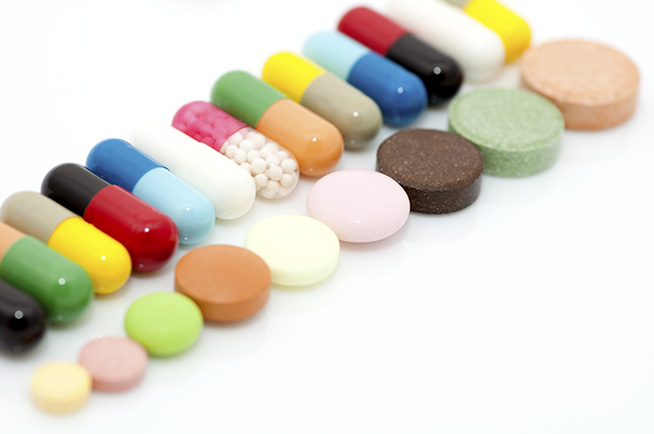
Cattle were not built to have that diet.” When that happens, rumen in the pH goes down. For only a few months do we put it in a feedlot on a high carbohydrate/low forage diet for the final six months prior to harvest. “Instead of letting them graze until they are four years old, and get fat, and then harvesting them,” said Midla, “we allow the mama cow to graze the whole year round, depending upon where you live, and allow that calf to graze generally for most of the rest of its life. They transform the 25% or so of the earth that is grassland into tasty protein. So, for many conditions, penicillin is still the antibiotic of choice.” Antibiotic use peaked in 2015, before the VFD (Veterinary Feed Directive), and well before you needed a prescription in the feed – a 40% drop in antibiotic use between 20.Ībout 25% of feedlot livers are condemned due to abscesses. “That bacteria is either susceptible to that antibiotic on a given day or it is not. However, “there is no such thing as a stronger antibiotic,” he said.Īs an analogy, “think of a key in a lock,” he said. “Get a bigger hammer!” they chimed in unison. “What do you do when a small hammer doesn’t work?” Mitla asked the audience. While tetracyclines are no longer the “go-to” antibiotics for most infections in humans, they are still the antibiotic of choice for certain infections. They do that by measuring Pounds of Antibiotics Delivered.

Because it is not zero, there is no way you can say “antibiotic-free.”Įighty percent of antibiotics are used in food animals. We also have analytical methods these days where we can measure a part per trillion of antibiotic left over in a product.” It is very close to zero, but it is not zero. PPT are on the order of one second in 32,000 years. The FDA establishes an MRL, a very tiny amount, under which we think that this is safe, and that amount of antibiotic doesn’t matter. “I was a speaker in that video and I was reading from a script that stated ‘In the United States, meat is antibiotic-free.’ I got called on the carpet for that. “There is a video put out by the Council for Agricultural Science and Technology asking the question ‘Are there antibiotics in our meat?’” Midla said. Antibiotics do not create resistance.” Every time an antibiotic is used in any species, selection pressure is applied and resistant strains are the survivors, and that is bad. “Never say, and when you hear anyone say ‘Antibiotics create resistance,’ you know that person isn’t very smart. “Every time an antibiotic is used we select for the organisms that are resistant to it,” Midla said. But when they do, the infection is more difficult to treat. Bacteria that have less resistance to antimicrobials are “less bad.” Resistant bacteria are no more or less likely than antimicrobial-susceptible bacteria to cause illness in humans.

Short of irradiation of food, nearly all foods will always have some amount of bacterial contamination. Furthermore, much of what you read here will be Midla’s opinion.) (All antibiotics must be obtained from a veterinarian or from a prescription written by a vet. His topic at the 2020 Cattle Feeders Day in Lancaster, PA, was the future of antibiotics. Lowell Midla, veterinary technical services manager at Merck Animal Health.

“Being that there’s always going to be bacteria on the food we get, the question arises as to what happens to some of those bacteria when they carry resistance genes,” said Dr.


 0 kommentar(er)
0 kommentar(er)
